Strike on Taliban chief shows dimming US hopes for Afghan peace
Though Mansour once appeared in favour of peace negotiations, he refused to join talks when he became Taliban chief
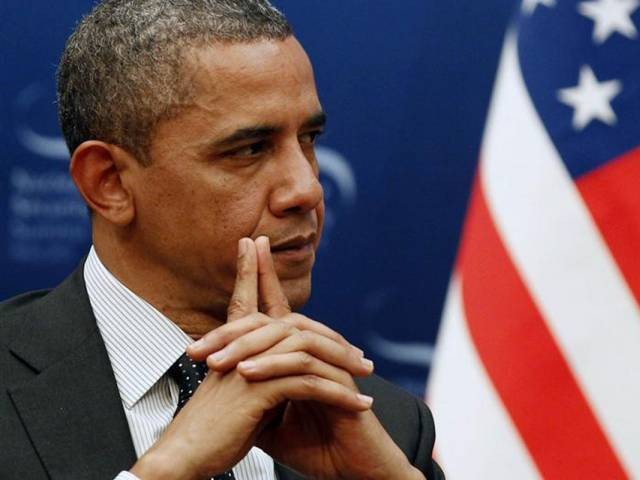
US drones killed Mansour in a remote area in Pakistan along the border with Afghanistan, the first known American assault on a top Afghan Taliban leader on Pakistani soil. PHOTO: REUTERS
The move also shows that Obama has -- at least for now -- abandoned hopes of bringing the Taliban to the negotiating table for peace talks.
US drones killed Mansour on Saturday in a remote area in Pakistan along the border with Afghanistan, the first known American assault on a top Afghan Taliban leader on Pakistani soil.
Nisar questions claim Mansoor was opposed to talks
Though Mansour once appeared in favour of peace negotiations with the government in Kabul, he refused to join talks when he became Taliban chief.
"There's only one option for the Taliban and that is to pursue a peaceful resolution to the conflict," State Department spokesman Mark Toner said.
But Marvin Weinbaum, a former Pakistan and Afghanistan analyst and director of the Pakistan programme at the Middle East Institute, said Mansour's death shows the United States has no such expectations.
"The peace talks were going nowhere anyway, and this is just simply the death knell of that," Weinbaum said.
"Whatever the US is saying publicly about how this may open new doors for peace, the fact is they wouldn't have done this if they thought they had a chance to bring the Taliban to the table any time soon."
Mansour's death has plunged the Taliban into disarray, just nine months after he became the new leader.
Who will succeed Mullah Mansoor?
Scott Worden, an Afghanistan expert at the United States Institute of Peace, predicted that in the short term, Mansour's removal could trigger a wave of attacks.
"The Taliban will be incentivized to redouble their efforts to show strength, and I think not go immediately to the negotiating table," Worden said.
"Before the strike, the Taliban felt like they were gaining ground, and they were getting an upper hand, and that time was on their side. They will want to test that for months to come before they reevaluate their position," he added.
Since the start of 2015, Afghan security forces have been responsible for ensuring security across the country, assisted by US and NATO trainers and special forces.
But more than 5,000 local security forces were killed last year alone, and they have struggled to contain a resurgent Taliban.
Pentagon press secretary Peter Cook suggested Mansour's death would make the Taliban more likely to negotiate.
"Mansour has been an obstacle to peace and reconciliation between the government of Afghanistan and the Taliban, prohibiting Taliban leaders from participating in peace talks with the Afghan government that could lead to an end to the conflict," Cook said in a statement.
Rare drone strike: Kabul confirms Taliban chief’s death in Naushki
Since local Afghan National Defense and Security Forces (ANDSF) assumed responsibility for their country's security, taking over from NATO, US troop numbers have dwindled to 9,800 -- and Obama has pledged to cut these further still, to about 5,500 by next year.
The president, who campaigned in 2008 on a pledge to pull US forces from Iraq and Afghanistan, is under pressure not to further risk the already-fragile Afghan security situation.
"Most (military experts) I know would prefer to stay at or near current levels rather than draw down to 5,500 by year's end," said Michael O'Hanlon of the Brookings Institute, who recommends a US troop level of about 10,000.
In February, General John Nicholson, the new commander of the US-led NATO mission in Afghanistan, warned it would take years before local forces can independently take charge.
If the United States decides to leave more troops in Afghanistan, it must act soon so NATO allies can in turn make decisions on their own troop levels.
Anthony Cordesman, an expert with the Center for Strategic and International Studies, said 9,800 troops was a low number, and thought it was hard to predict whether Obama would risk a further reduction.
Nisar refuses to confirm death of Mullah Mansoor in US drone strike
Obama "doesn't want to be seen as somebody who made decisions that deprived his successor of having real options," Cordesman said.
"But this is a president who also debates options almost endlessly, and he tends to in general choose what is relatively low in terms of risk and effort."
Most of the 9,800 US forces remaining in Afghanistan work in a train-and-advise role with Afghan security partners.
US forces have also conducted missions against al Qaeda and the Islamic State group, and defense officials are pushing for greater leeway in bombing Taliban targets.
US forces have been in Afghanistan since the US-led invasion to ouster the Taliban in late 2001.
The United States has spent in total about $1 trillion since, and some 2,200 US lives have been lost in the longest war in US history.

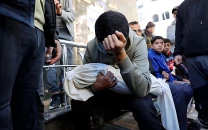
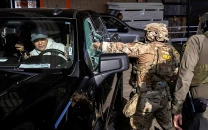
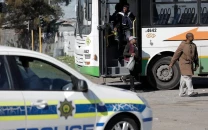

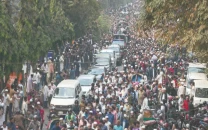
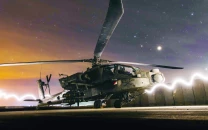
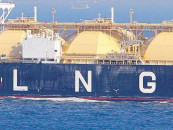

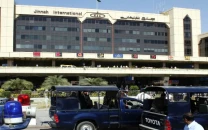
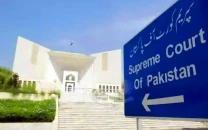








COMMENTS
Comments are moderated and generally will be posted if they are on-topic and not abusive.
For more information, please see our Comments FAQ